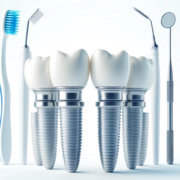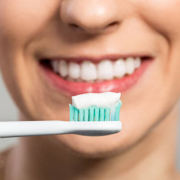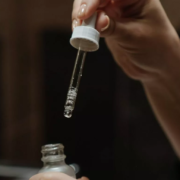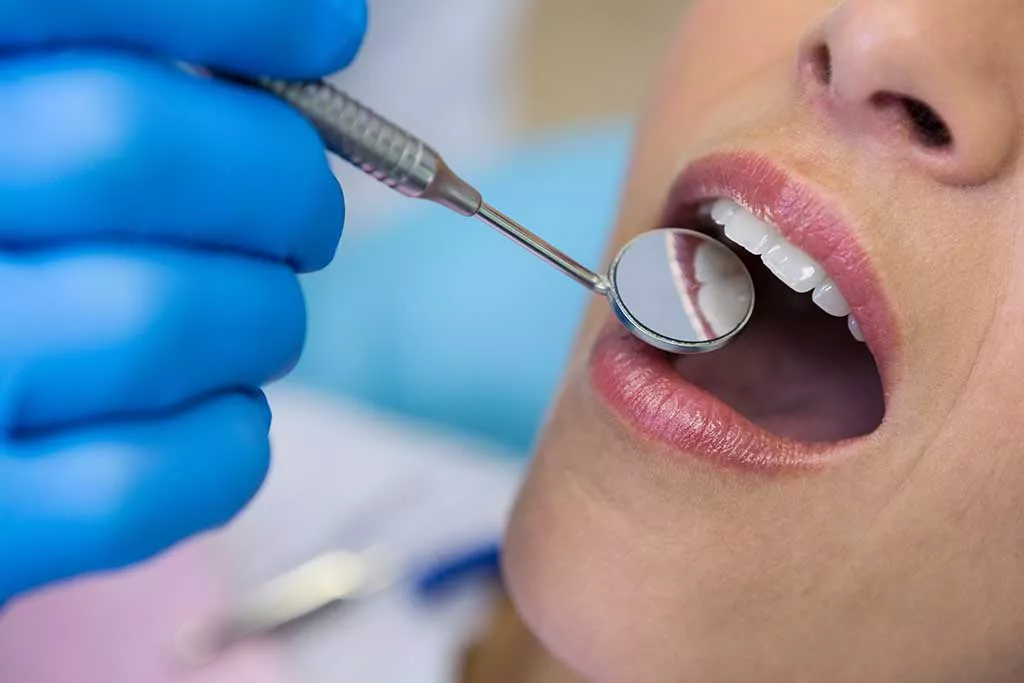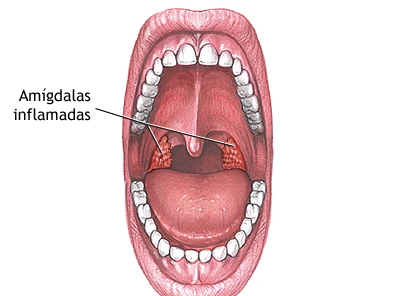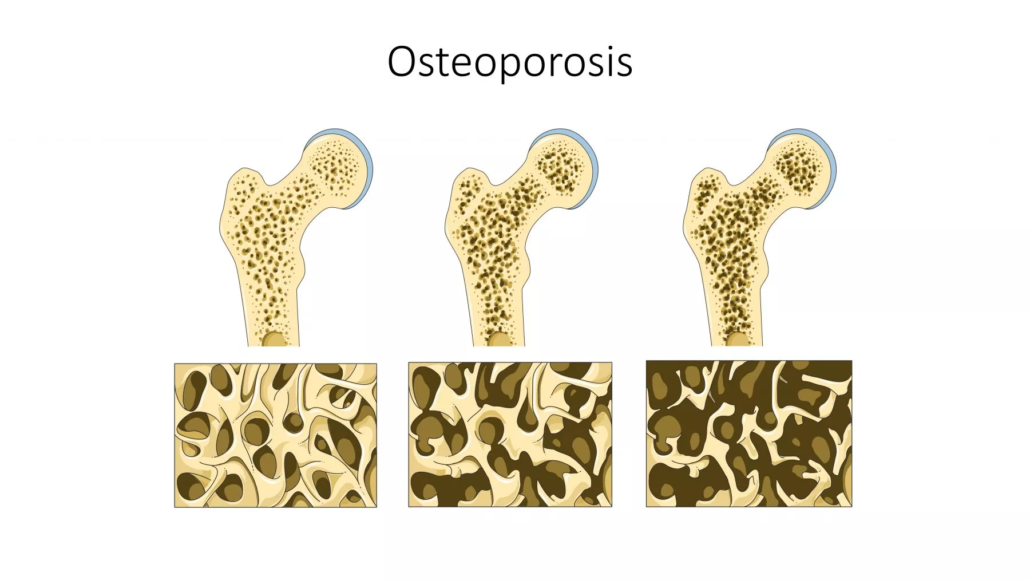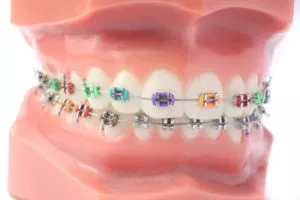How to Clean All-on-4 Dental Implants – Dental Asensio
All-on-4 dental implants are a revolutionary solution for individuals with missing teeth, offering stability, aesthetics, and functionality. However, maintaining their pristine condition requires proper cleaning and care. In this article, we’ll guide you through the steps on how to clean All-on-4 dental implants to ensure their longevity and your oral health.
Why Proper Cleaning is Essential
All-on-4 dental implants, while highly durable and resistant to decay, can still accumulate plaque and bacteria. Without proper cleaning, this buildup can lead to gum disease, peri-implantitis, and other oral health issues. Regular and thorough cleaning is crucial to prevent these problems and keep your implants looking and feeling their best.
Daily Cleaning Routine
Brush Twice Daily
Use a soft-bristled toothbrush and non-abrasive toothpaste to clean your implants. Gently brush all surfaces of the implants, ensuring you reach the gum line where plaque tends to accumulate.
Use an Interdental Brush
An interdental brush or a proxabrush can effectively clean the spaces between your implants and your gums. This tool helps remove food particles and plaque that a regular toothbrush might miss.
Rinse with Antimicrobial Mouthwash
After brushing, rinse your mouth with an antimicrobial mouthwash. This helps to reduce bacteria and maintain a healthy oral environment.
Additional Cleaning Tips
Water Flosser
A water flosser can be an excellent addition to your oral hygiene routine. It uses a stream of water to remove debris and plaque from hard-to-reach areas around your implants.
Avoid Abrasive Cleaners
Steer clear of abrasive toothpaste and harsh cleaning agents, as they can scratch the surface of your implants, making them more susceptible to plaque buildup.
Regular Dental Check-ups
Schedule regular check-ups and professional cleanings with your dentist. During these visits, your dentist can remove any hardened plaque (calculus) and ensure your implants and gums remain healthy.
Signs You Need Professional Cleaning
Even with meticulous daily care, professional cleanings are essential. Look out for the following signs that indicate you might need a professional cleaning sooner than your regular check-up:
- Persistent Bad Breath: This could be a sign of plaque buildup or an infection.
- Red, Swollen, or Bleeding Gums: These are indicators of gum disease or peri-implantitis.
- Discomfort or Pain: Any discomfort or pain around your implants should be evaluated by a dentist.
Additional Tips to Clean All-on-4 Dental Implants
In addition to your daily cleaning routine, consider implementing these tips for optimal implant care:
- Stay Hydrated: Drinking plenty of water helps flush away food particles and bacteria that can accumulate around your implants.
- Healthy Diet: Consume a balanced diet rich in fruits, vegetables, and lean proteins to support overall oral health and implant stability.
- Avoid Smoking: Smoking can contribute to implant failure and peri-implantitis. Quitting smoking can significantly improve the longevity of your implants.
- Protect Your Implants: If you participate in activities that could impact your mouth, such as contact sports, consider wearing a mouthguard to protect your implants from damage.
By incorporating these additional tips into your oral care routine, you can enhance the cleanliness and longevity of your All-on-4 dental implants.
Final Thoughts on All-on-4 Dental Implants
Properly cleaning your All-on-4 dental implants is crucial for maintaining your oral health and the longevity of your implants. By following a diligent daily cleaning routine and visiting your dentist regularly, you can ensure that your implants stay in excellent condition. At Dental Asensio, we are committed to providing top-notch care and advice to help you maintain your beautiful smile. Contact us today to schedule your next cleaning appointment and keep your All-on-4 implants in perfect shape.
For more information and personalized advice on All-on-4 dental implants, visit Dental Asensio. Our team of experts is here to assist you with all your dental care needs.

